News
-
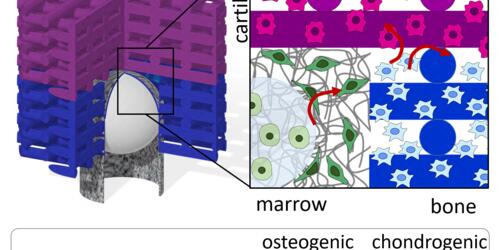
Integrating Biofabrication Technologies
Unlocking the secrets of osteochondral regeneration has long been a daunting challenge, with the intricate interplay between cartilage and bone presenting formidable hurdles. However, a groundbreaking approach is on the horizon, poised to redefine the landscape of tissue regeneration: multiphasic scaffolds – the cornerstone of cutting-edge strategies aimed at mirroring the complexities of the osteochondral unit and nurturing the growth of implanted bone-marrow derived stem cells (BMSCs). Yet, amidst the promise, hurdles remain. Stem cell loss during expansion in vitro and the limited control over their behavior within scaffolds both in vitro and in vivo pose formidable challenges.
-
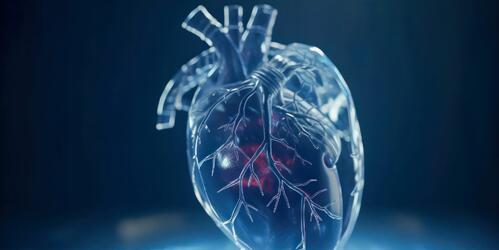
Bioprinting in Space
In a new Pathfinder Open project, PULSE, we have partnered with different experts in space technology and use thereof to study how the Space environment could be working as an accelerator of ageing…
-
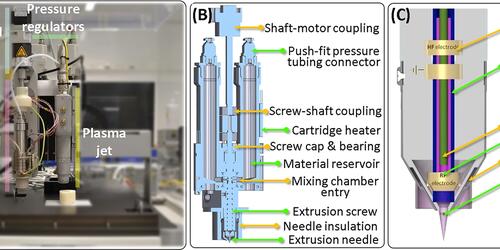
New Hybrid Biofabrication technology
Many tissues in our body display gradients. These are not only biological gradients, but also structural, physical, and chemical ones, resulting in smoother variations of mechanical properties and cell functional activity.
-
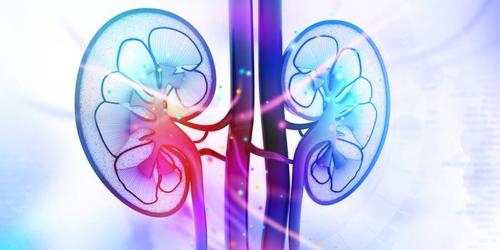
Kidney 3D in vitro models through bioprinting
At the Complex Tissue Regeneration department, we work hard to bridge the gap towards the dream of organs bioprinting. Step by step, we are now progressing towards understanding more and more in depth the requirements to bioprint different kidney cells, either derived from pluripotent stem cells or of adult species.
-
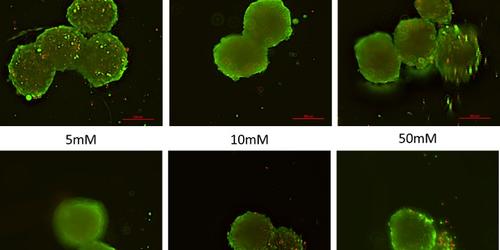
Bioprinting through Levitation
Magnetic levitation offers the possibility to place cells in a precise position in space through controlling the magnetic forces applied to magnetized cells. This new biofabrication technique, at the interface between bioprinting and bioassembly, provides new ways to create large-scale biological constructs that can be used for regenerative medicine purposes.
-

SINERGIA: biofabrication for 3D in vitro models
We are excited to have been selected for funding in a Marie Curie project called SINERGIA, which aims at developing advanced models of human physiology and diseases, to be ultimately introduced in the preclinical stages of the drug discovery pipeline.
-
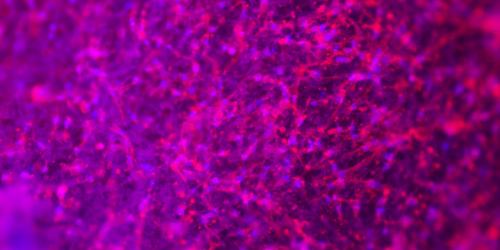
Moroni Lab Broadcasted on Biofabrication
Biofabrication has witnessed several advances in this past months, spanning from new technologies, to promising steps forward in several tissue regeneration applications.
-

Mimicking Tissue Organization at Multiple Scales with Biofabrication
Many tissues in our body display a variable degree of fiber curliness, which is crucial for their biomechanical behaviour. Methods to replicate such features in scaffolds for regenerative medicine are limited. Here, we show how by simply applying controlled buckling to electrospun fibers, we can fabricate scaffolds with different degrees of fiber waviness at multiple scales.
-
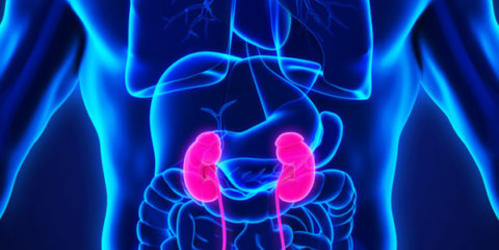
Towards Kidney bioprinting
Certainly bioprinting of a full kidney remains a dream. It will be probably like that for many decades, unless a strong and well funded collaborative effort will be originated in the near future. However, current kidney bioprinting attempts are helping creating more know-how over kidney biology through the biofabrication of 3D in vitro models that can be used to study new treatments for kidney chronic conditions.
-
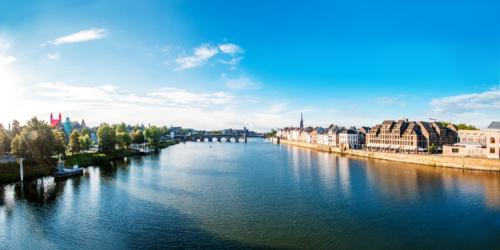
World TERMIS 2021
After Seoul, Vienna, and Boston, Maastricht was selected to host the next world conference of the tissue engineering and regenerative medicine society. We expect to attract more than 2'000 delegates by 2021 in Maastricht, which is at the center of a European region fervidly active in tissue engineering, regenerative medicine, stem cells, biomaterials, in silico modeling, and biofabrication.
-
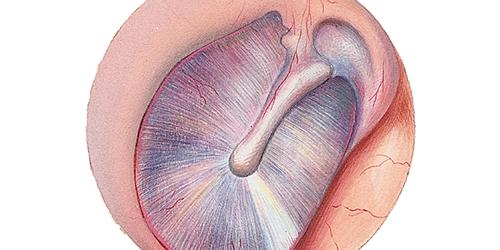
Biofabrication for the eardrum
Tympanic membrane (or eardrum) is provided by nature with unique anatomic features that ultimately allow a superb physiologic performance in varying frequency ranges. Several pathologies damage this tissue, including chronic otitis media (COM), which ultimately bring to deafness.
-
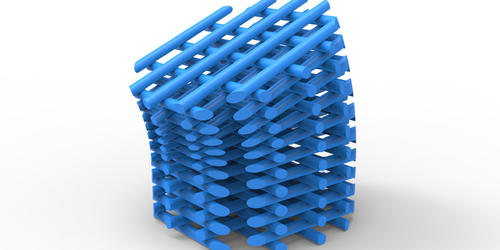
Biofabrication with dynamic materials
3D printing makes it possible to create complex personalized products such as prostheses and implants directly from a 3D scan. To make this type of application possible, it is important that available materials have the correct mechanical and biochemical properties. In the TA program DYNAM, which is funded from the Innovation Fund for Chemistry, researchers and companies will tackle this challenge
